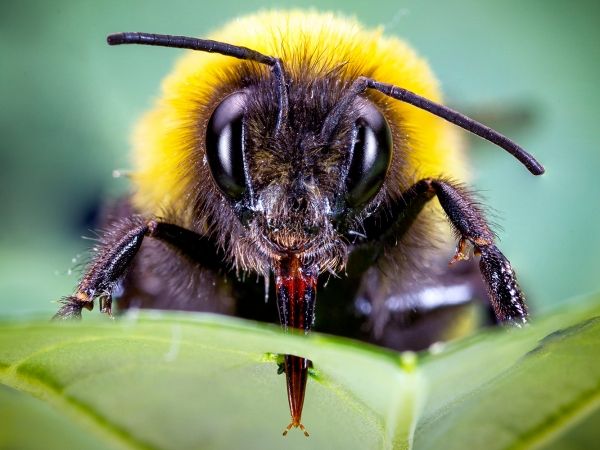Spring has sprung earlier than ever before this year, accompanied by temperatures more typical of early summertime.
Spring has sprung earlier than ever before this year, accompanied by temperatures more typical of early summertime. Many plants were already in full bloom by mid-April, about three to four weeks earlier than normal. These types of seasonal anomalies are becoming increasingly frequent due to climate change, and the resulting uncertainty threatens to disrupt the timing of mutualistic relationships between plants and their insect pollinators.
A research team led by ETH Professors Consuelo De Moraes and Mark Mescher has now discovered that one peculiar bumblebee behaviour may help to overcome such challenges by facilitating coordination between the bees and the plants they pollinate. The group has found that bumblebee workers use their mouth parts to pinch into the leaves of plants that haven’t flowered yet, and that the resulting damage stimulates the production of new flowers that bloom earlier than those on plants that haven’t been given this “nudge”.
Their study has just been published in the journal Science. “Previous work has shown that various kinds of stress can induce plants to flower, but the role of bee-inflicted damage in accelerating flower production was unexpected,” Mescher says.
Read more at ETH Zurich
Photo: If bumblebees find too little pollen, they pierce the leaves of non-flowering plants in order to force them to produce flowers more quickly. CREDIT: Hannier Pulido / ETH Zurich




